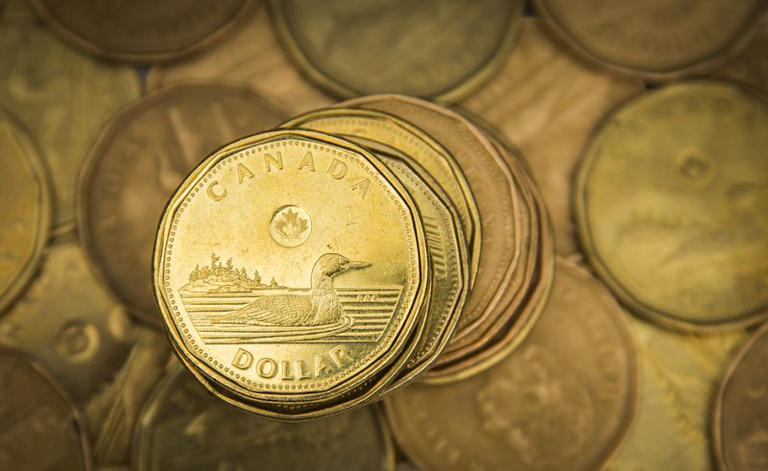Featured
article
- Get link
- X
- Other Apps
Canada Econmy: How the Canadian Dollar Reacts to Oil Price Fluctuations
The Canadian dollar (CAD) is one of the most sensitive currencies to oil price movements. Canada is one of the world's largest oil producers and exporters, and oil revenues account for a significant share of its gross domestic product (GDP). Therefore, when oil prices rise or fall, the CAD tends to follow suit.
In recent weeks, oil prices have been on a roller coaster ride, driven by various factors such as geopolitical tensions, supply disruptions, demand outlooks and inflation expectations. The CAD has also experienced volatility, reflecting the changing market sentiment.
For example, on October 9, 2023, oil prices surged by more than 4% after an escalation of violence in the Gaza Strip between Israel and Hamas raised fears of a wider conflict in the Middle East, a major oil-producing region. The CAD gained strength against the US dollar (USD), as investors anticipated higher oil revenues for Canada. The USD/CAD pair dropped to 1.3620, extending the Loonie's rebound from its seven-month high of 1.3785 reached on October 5.
However, on October 11, 2023, oil prices pulled back as the Gaza situation eased and some OPEC members signaled their willingness to increase production to ease the global supply crunch. The CAD lost some of its recent gains, as oil revenues prospects dimmed. The USD/CAD pair rose to 1.3660, as the USD also benefited from better-than-expected US producer price index (PPI) data.
The next day, on October 12, 2023, oil prices resumed their upward trend, supported by strong demand forecasts from the International Energy Agency (IEA) and the US Energy Information Administration (EIA). The CAD regained some ground against the USD, as oil prices boosted Canada's terms of trade. The USD/CAD pair fell to 1.3600, as the USD also faced some pressure ahead of the US consumer price index (CPI) data due on October 13.
These examples illustrate how the CAD reacts to oil price fluctuations in the short term. However, in the long term, other factors such as interest rate differentials, fiscal policies, trade balances and economic growth may also influence the exchange rate. Therefore, investors should be aware of the multiple drivers of currency movements and not rely solely on oil prices as a predictor of the CAD's performance.
Popular Posts
Trump's Six Words: "I'm Going to Stop the Wars"
- Get link
- X
- Other Apps
Smart Savings for a Sharp School Start: Canadian Parents’ 2025 Guide
- Get link
- X
- Other Apps




Comments
Post a Comment